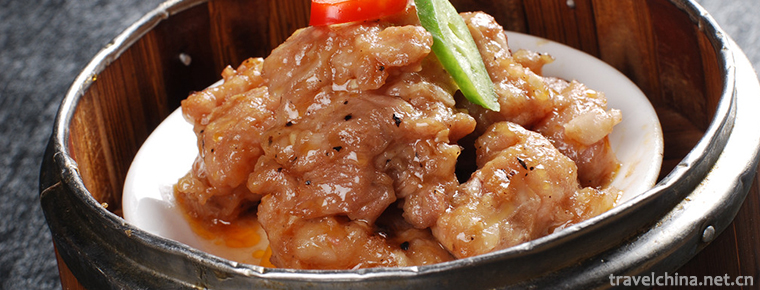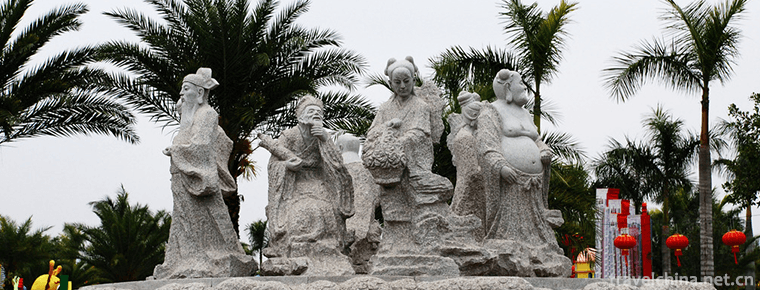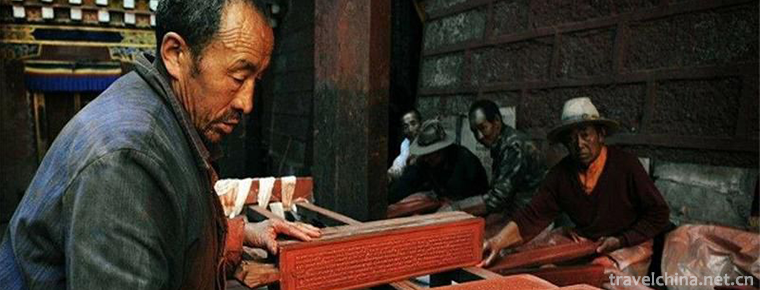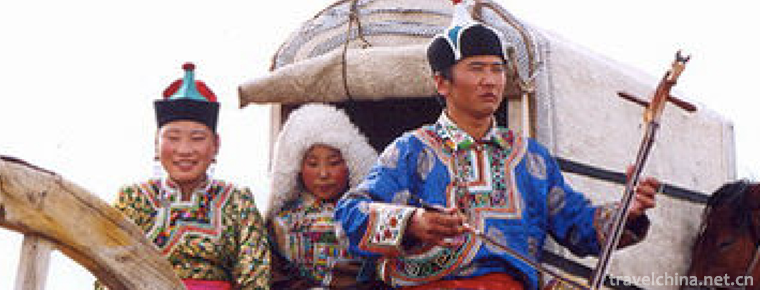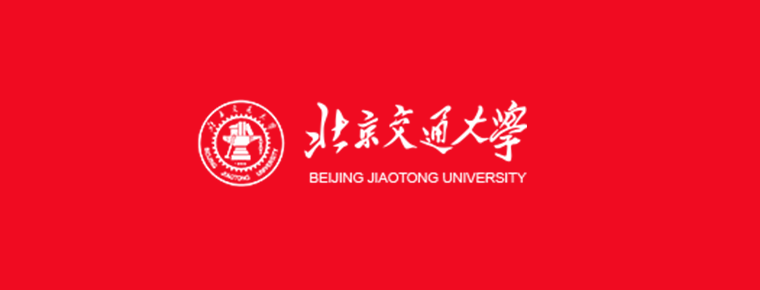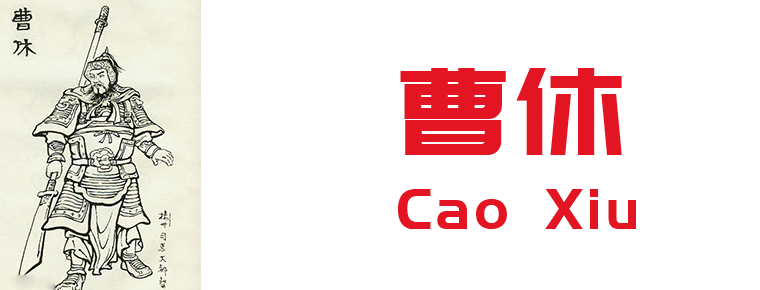Mi Luo Tuo
Mi Luo Tuo
Milotta is a myth and ancient song spread in the Yao nationality inhabited areas of Du'an and Bama in Guangxi. It integrates myth, creation and hero. It describes the heroic achievements of the goddess Milotta in opening up the world and creating human beings. In order to better inherit the traditional culture of the Chinese nation, Keziquan participated in the UNESCO Convention on the Protection of Intangible Cultural Heritage. Through years of protection and promotion, the Bama Spring Goddess Milotta and Zhuzhu Festival were included in the national intangible cultural heritage.
On May 23, 2011, the "Miluotuo" declared by Duan Yao Autonomous County of Guangxi Zhuang Autonomous Region was listed in the third batch of national intangible cultural heritage list with the approval of the State Council.
historical origin
Yao tribes are very complex, and there has been no uniform standard for the division of Yao tribes in all walks of life. According to the "branch - Branch - branch" division, the Yao people can be roughly divided into four branches, 16 branches and 39 branches. The four branches are Mian Yao, Bunu Yao, Lajia Yao and Pingdi Yao.
Milotta is a pioneering ancient song of the second largest branch of the Yao people who call themselves "Bunu". It has been sung continuously for thousands of years and is deeply loved by the Yao people. Because the Yao people only have their own national language in their history and have no written language, this ancient ballad is handed down orally by the Yao people and handed down from generation to generation.
Causes
The unique national history has created a unique national culture. Bunuyao has also created a brilliant national culture in the process of creating his own history. The Ancient Song of Milotta is a bright pearl in the treasure house of Bunuyao culture. In her childhood, due to the limitations of understanding natural phenomena such as heaven, earth and everything, Bunuyao people had fantasies. They used fiction to explain natural phenomena that they could not explain. They also used legends to describe the process of national historical development. In this way, the Ancient Song of Miluotuo was created by Bunuyao ancestors in the form of myth and legend, which reflected Bunuyao ancestors'understanding of the origin of all things and human beings.
historical background
The protagonist of Milotta Ancient Song is a woman, a goddess who created all things and created human beings. It tells the myths and legends of matriarchal society, but there are also traces of the transition to patriarchy. Therefore, the production period of Milotta Ancient Song should be a female-centered matriarchal society and a historical period of the transition from matriarchy to patriarchy.
First generation region
According to expert textual research, Bunuyao and "Jiuli", "Sanmiao", "Nanman" in Chinese history
” Originally, they are part of these tribes. "Jiuli" is a large prehistoric tribe, a tribal alliance coexisting with the Yellow Emperor tribal alliance and the Yandi tribal alliance in ancient times, and was defeated by the Yandi and Huangdi tribal alliance. "Jiuli" originated in the Central Plains, that is, the middle and lower reaches of the Yellow River, so Bunuyao originated in the Central Plains. In The Ancient Song of Milotta, the place where Milotta made human beings is the place named Rali of Yao nationality. Some experts and scholars say that Rali is in Luoyang area of Henan Province. Therefore, the origin of Milotta Ancient Song should be the Central Plains, that is, the middle and lower reaches of the Yellow River.
Inheritance significance
Milotta Ancient Song is an encyclopedic classic which integrates Bunuyao's history, geography, customs, beliefs and folk conventions. It melts Bunuyao's myths, legends, stories, ballads and fables into a furnace. Its academic value is as follows:
1. The Ancient Song of Milotta is a myth and legend. From the perspective of historical science, myth and legend can not be used as evidence to determine the course of history, but it is a vague memory of one's own history in a nation's childhood, and still has its historical research value.
2. The Bunuyao people's religious beliefs reflected in Milotuo Ancient Song are mainly primitive religious beliefs, natural worship, animism and ancestor worship, which run through the whole ancient song and have research value in religious beliefs.
3. The Ancient Song of Milotta is an ancient textbook to teach Bunuyao the knowledge of production struggle, survival struggle and living customs.
4. The Ancient Song of Milotta is a combination of fantasy myth and interpretation myth. It has rich imagination and many unique stories and legends. It has singing, chanting, dancing, voice, colored and tangible. It can be said that it is a collection of Bunuyao people's national culture and art and a rich material for studying Bunuyao's culture and art.
5. The Ancient Song of Milotta preserves a large number of linguistic materials, especially religious linguistic materials. The rich vocabulary, extensive coverage and unique form are rare and necessary for the study of Bunuyao language.
Inheritance and protection
Inheritance: In the past, the inheritance form of Milotta Ancient Song has the following ways:
1. Inheritance of story content through storytelling;
2. To inherit the content of epic language and poetry through the form of gathering and disco singing;
3. Inheritance of the content of religious language poetry style through holding sacrificial activities of great vows;
4. Pass on the form of singer singing and collective audition in Zhuzhu Festival.
In the 21st century, Mainly through the annual celebration of wishes and other activities to maintain the life and vitality of the Milotta culture; in daily life, the Milotta culture is still retained, but more or less impacted, is gradually weakening people's lives.
protect
On May 18, 2010, the Ministry of Culture of China announced the third batch of national intangible cultural heritage list of recommended projects (new entries). The "Miluotuo" declared by Duan Yao Autonomous County of Guangxi Zhuang Autonomous Region was selected as the intangible cultural heritage in the category of folk literature projects.
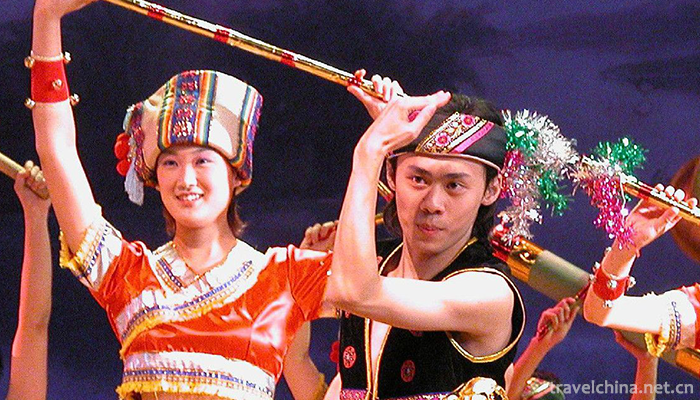
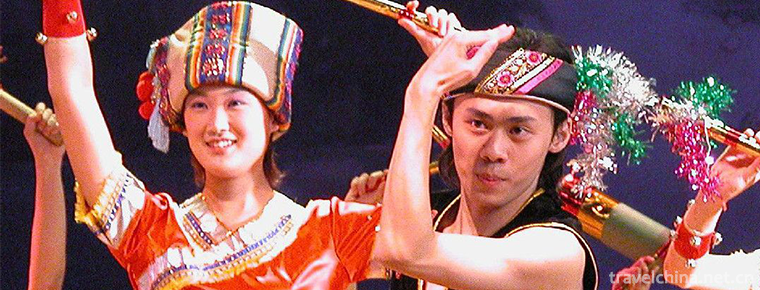
Mi Luo Tuo
-
Black bean steamed pork ribs
Steamed pork ribs with lobster sauce is a traditional dish with color, aroma and taste. It belongs to Guangdong cuisine department. Cut the chopped pork ribs and add the marinade
Views: 281 Time 2018-11-02 -
The Oriental Pearl Radio & TV Tower
The Oriental Pearl Radio and Television Tower is one of the landmark cultural landscapes in Shanghai. It is located in Lujiazui, Pudong New Area, with a height of 468 meters
Views: 623 Time 2018-12-05 -
Maling River Canyon
Maling River Gorge is located in Xingyi City, Guizhou Province. It is an important member of Xingyi National Geopark and a national scenic spot of the People's Republic of China. It is known as "
Views: 338 Time 2019-02-06 -
Legend of Eight Immortals
The legend of Eight Immortals is one of the local folklores in Shandong Province. The legend of Eight Immortals originated very early. The legend of "Eight Immortals Crossing the Sea, Each Showin
Views: 248 Time 2019-04-02 -
Tibetan Engraving and Printing Techniques
Tibetan engraving and printing skills of Dege Printing Institute, local traditional handicraft skills of Dege County, Sichuan Province, and one of the national intangible cultural heritages.
Views: 375 Time 2019-04-05 -
Jiaodong drum
Jiaodong Drum is a folk folk folk art form which originated in the coastal counties of Jiaodong Peninsula. It has a history of more than 260 years so far. It originated from the blind
Views: 339 Time 2019-05-06 -
Horqin Chaoer Epic
Horqin epic is a local tradition of Mongolian heroic epic. It is the only living epic in Horqin area of Inner Mongolia Autonomous Region. "Chao Er Playing Method", "Overtone Playing Met
Views: 150 Time 2019-05-09 -
Shaoxing Pinghu Tune
Shaoxing Pinghu Diao, also known as "Yuejun Nanci", or "Shaoxing Pinghu Diao" for short, is a popular form of folk art in Shaoxing and its surrounding areas in Zhejiang Province. I
Views: 168 Time 2019-06-14 -
Beijing Jiaotong University
Beijing Jiaotong University is a national key university directly under the Ministry of Education, jointly constructed by the Ministry of Education, the Ministry of Transport, the Beijing Municipal Pe
Views: 182 Time 2019-09-06 -
Cao Xiu
Cao Xiu(? - 228 years). Pei country Qiao (now Anhui Bozhou People. Three countries the Wei state of the Three-Kingdoms Period General, Cao Cao Clan.
Views: 254 Time 2019-09-15 -
Luzhou natural resources
The total amount of water resources in Luzhou is 6.657 billion cubic meters per year. The groundwater reserves are rich, reaching 1.065 billion cubic meters per year, among which Xuyong and Gulin counties in the south are the richest. The structural fissure water in the south
Views: 361 Time 2020-12-14 -
Education in Luzhou
In 2017, the construction area of the completed school buildings in Luzhou city was 842500 square meters; 670 million yuan of tuition free, financial aid, and nutrition lunch program was arranged to subsidize students with financial difficulties from families, and 79747 students with financial
Views: 372 Time 2020-12-14
